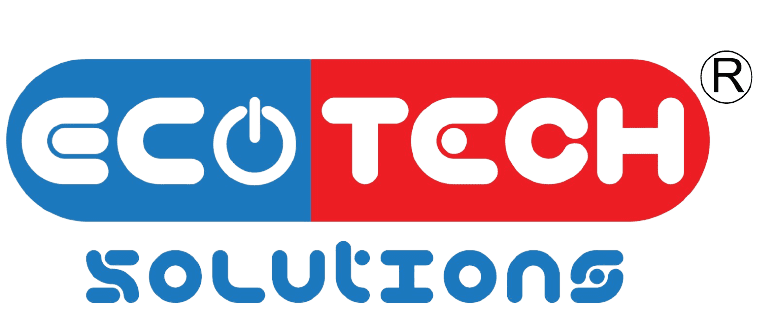Screw compressor heat pumps are widely used in industrial and commercial EcoTech Solutions systems due to their energy efficiency, reliability, and durability. However, improper maintenance can lead to reduced efficiency, higher energy costs, and premature failure.
In this guide, we’ll cover 12 essential tips to ensure your screw compressor heat pump operates at peak performance while extending its lifespan.
1. Regular Lubrication Checks
Screw compressors rely on proper lubrication to minimize friction and wear.
- Use manufacturer-recommended oil and check levels monthly.
- Monitor oil quality; dark or sludgy oil indicates contamination.
- Change oil filters every 3,000–5,000 operating hours.
Pro Tip: Synthetic lubricants last longer and perform better in extreme temperatures.
2. Monitor Refrigerant Levels
Low refrigerant levels reduce efficiency and strain the compressor.
- Check for leaks using UV dye or electronic detectors.
- Ensure refrigerant charge matches manufacturer specifications.
- Avoid overcharging, which increases pressure and energy consumption.
3. Clean Condenser & Evaporator Coils
Dirty coils restrict airflow, forcing the compressor to work harder.
- Inspect coils quarterly for dust, debris, or corrosion.
- Use a soft brush or compressed air for cleaning.
- Apply anti-corrosion spray in coastal/humid areas.
4. Check Electrical Components
Faulty wiring or connections can cause overheating or short circuits.
- Inspect contactors, relays, and capacitors annually.
- Tighten loose connections to prevent voltage drops.
- Test motor windings for insulation resistance.
5. Optimize System Pressure
Improper pressure settings waste energy and damage components.
- Set suction & discharge pressure per OEM guidelines.
- Use variable speed drives (VSDs) for better load matching.
- Install pressure transducers for real-time monitoring.
6. Inspect V-Belts & Couplings
Worn belts reduce efficiency and cause misalignment.
- Check belt tension every 500 hours.
- Replace cracked or glazed belts immediately.
- Align pulleys to prevent excessive wear.
7. Prevent Liquid Refrigerant Floodback
Liquid refrigerant entering the compressor causes hydraulic lock.
- Install a suction accumulator to separate liquid/gas.
- Ensure proper superheat settings.
- Use crankcase heaters in cold environments.
8. Reduce Vibration & Noise
Excessive vibration damages bearings and seals.
- Tighten mounting bolts & check foundation stability.
- Use anti-vibration pads for noise reduction.
- Balance rotating components if unusual noises occur.
9. Schedule Professional Inspections
Annual professional maintenance catches hidden issues.
- Hire HVAC technicians for leak tests & performance audits.
- Use thermal imaging to detect overheating parts.
10. Upgrade to Smart Controls
Modern controls optimize performance & save energy.
- Install IoT-enabled sensors for remote monitoring.
- Use predictive maintenance software for failure alerts.
11. Train Operators on Best Practices
Human error contributes to 50% of HVAC failures.
- Train staff on startup/shutdown procedures.
- Teach basic troubleshooting (e.g., resetting alarms).
12. Keep Detailed Maintenance Records
Logs help track performance trends & warranty claims.
- Record oil changes, filter replacements, and repairs.
- Use CMMS software for automated reminders.
Final Thoughts
By following these 12 screw compressor heat pump maintenance tips, you can boost efficiency, cut energy costs, and prevent breakdowns. Regular care ensures long-term reliability, making it a smart investment for any facility.
Contact Us: EcoTech Solutions


